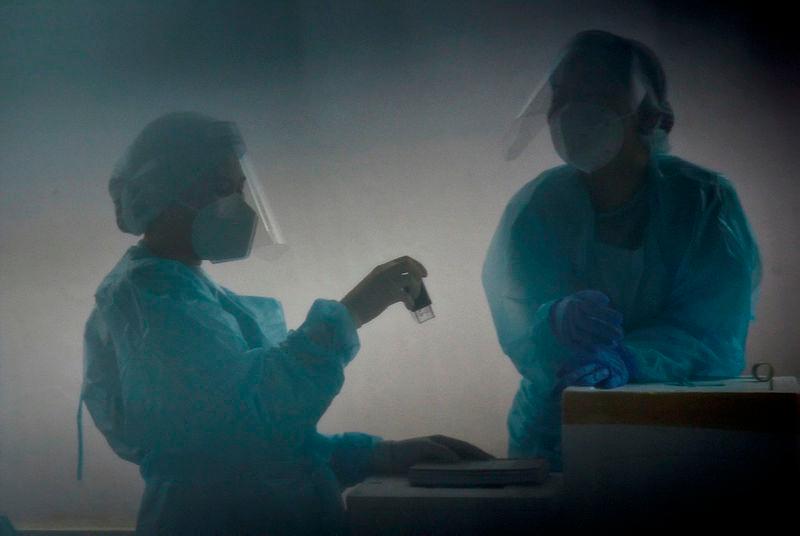PETALING JAYA: The Covid-19 pandemic devastated economies and caused 6,974,473 deaths globally as of Oct 18.
Now, the world is preparing for future pandemics to lower its impact and avoid being caught unawares.
Called Disease X by the World Health Organisation (WHO), the term was introduced in 2018 to propel the shift in research from single virus strains to a more comprehensive classification of viruses.
The move will strengthen the global capacity to prepare for unknown pathogens to deal with future pandemics.
Although the characteristics of Disease X are clouded in mystery, health experts have voiced concerns about its impact, said Health Ministry Director-General Dr Muhammad Radzi Abu Hassan.
“WHO has emphasised the need for flexible and stable planning to prepare for Disease X.
“Diseases, such as the Severe Acute Respiratory Syndrome, Middle-East Respiratory Syndrome, Ebola and Covid-19 in the last three decades have caused constant threats to the world’s health and economy.
“Factors such as climate change, the ecosystem and urbanisation will also contribute to the increase of pandemics in the future.
“To prevent such threats, WHO is prioritising a transparent scientific process in the virus’s origin and treatment.”
Muhammad Radzi said a “One Health” approach that emphasises the relationship between people, animals and environmental health is an important component to strengthen inter-medical collaborations.
Universiti Sains Malaysia virologist Dr Kumitaa Theva Das said being able to identify a novel pathogen through rapid-screening tools is important.
“But it is equally as crucial to share real-time information such as observations, symptoms, travel history, and any contact with animals.
“The process of identifying and classifying an unknown virus as a potential threat begins with a patient’s history to identify the source of the outbreak.”
Kumitaa said the results of laboratory tests, such as the presence of bacterial infection, microscopy, culture, and nucleic acid detection tests for predicted bacteria, viruses, fungi and parasites, serve as early indicators of a novel virus.
“Characterising it becomes the second step in the process.
“To classify a pathogen as a potential threat, key features such as the mode of transmission, severity, disease spectrum, community impact, and ability to implement isolation is critical.”
She said efficient testing and surveillance, including monitoring wastewater, is crucial to detect potential novel viruses such as Disease X.
“When dealing with a highly mutable novel pathogen, it’s vital to monitor its genomic sequence across various locations to detect changes that may enhance transmission and impact vaccine or treatment effectiveness.”
Kumitaa said collaborating with epidemiologists and public health officials is also crucial for studying disease patterns, identifying risk factors and swiftly mitigating novel virus risks.
She said a virus that can infect many different types of cells may lead to more infections, and can go from an outbreak to an epidemic and advance to a pandemic.
“Monitoring mutations will also tell us how to best prepare for unknown pathogens.”
Malaysian Medical Association president Dr Azizan Abdul Aziz said the healthcare system needs to be prepared with sufficient healthcare personnel, facilities, medical equipment and infrastructure.
“Our pandemic preparedness also means extending healthcare to rural areas, particularly in Sabah and Sarawak, which are still lacking sufficient services, facilities, personnel and infrastructure.
“It is also imperative that the government ensure financial preparedness. As we have learned from Covid-19, supply chains can be disrupted and costs for high-demand items can quickly increase during a pandemic.”
Azizan said taking responsibility for a healthy lifestyle is essential to stay well and minimise the risk of severe illness or complications from any disease.










